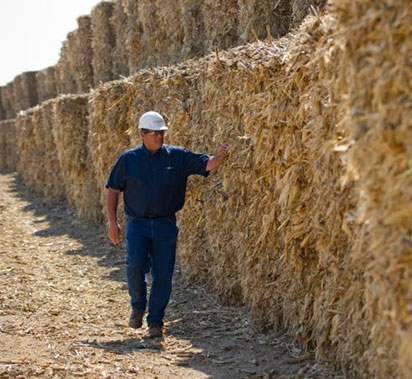Now that you have had the opportunity to learn about transportation and energy and the impact each has on the physical environment, let's look how the two are related, and additionally, how their relationship impacts the physical environment together.
As methods of transportation became more innovative, the impact on the environment increased. A few examples are listed below.
These are just a few examples of how transportation and energy are closely related and dependent upon one another.
Take a look at the timeline below. It illustrates the discoveries of the various uses for corn.
![]() Click on each image to enlarge each item and read more about it.
Click on each image to enlarge each item and read more about it.
The timeline above illustrates how the use of corn has changed throughout time. Corn now has an additional use; it has become a source of energy. Farmers traditionally have left the corn stover (the leaves and stalks of corn) behind after harvest. Modern technology has led to those same leftovers being converted to ethanol, which can be used in a gasoline product. It is used as a fuel in some flex-fuel vehicles.

Watch the video below to learn more about the use of corn as an energy source.
Source: A New Biofuels Technology blooms in Iowa, U.S. Department of Energy, You Tube
→ Quick Reflection: The video shows how waste products (corn stovers or cobs) are converted into another energy form. How does this impact transportation? Do you think this is a positive or negative impact? What evidence supports your answer?
In your notes, write an email to a representative of the U.S. Department of Energy and explain why you think there should be more or less production of corn ethanol. Your answer must include a description of its process, how it impacts transportation, and how it impacts the physical environment.